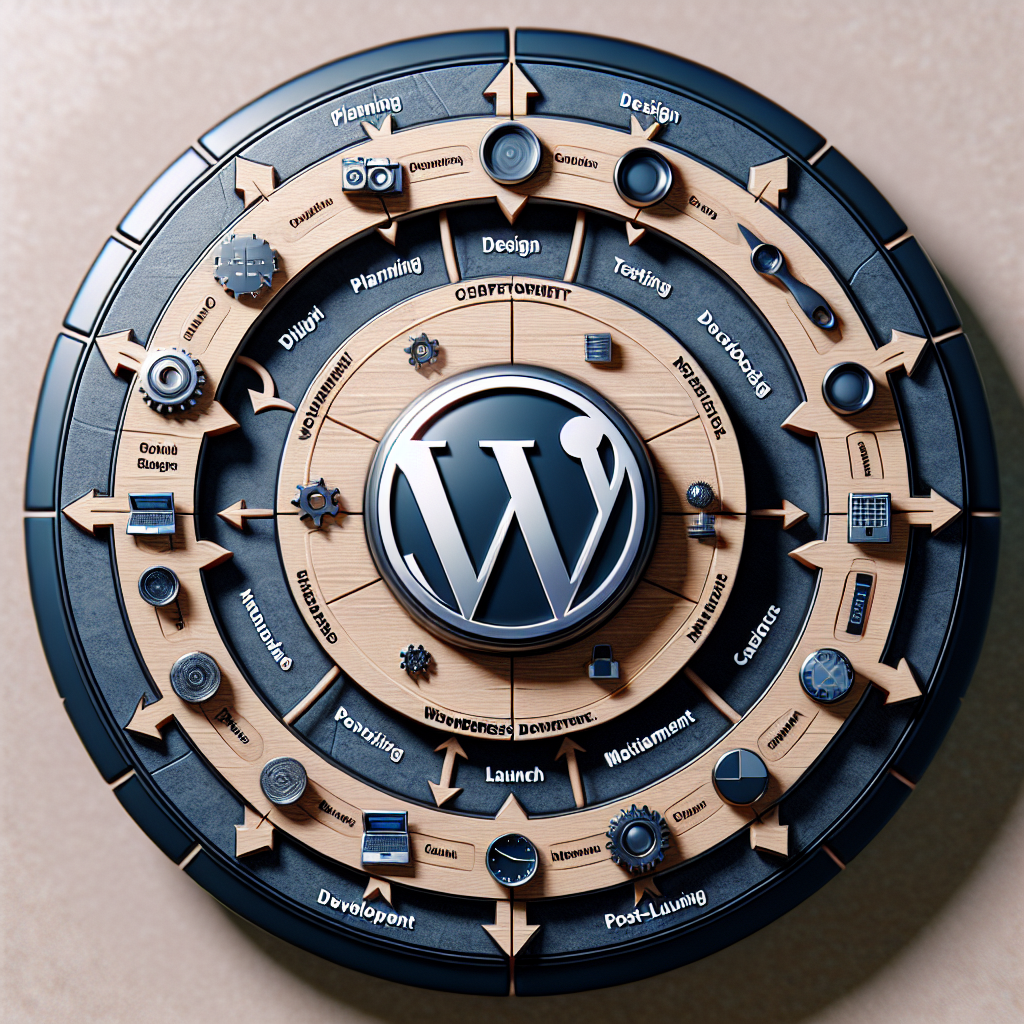Understanding the project life cycle for a WordPress site is crucial for successful implementation and management. This article will guide you through the essential stages, from initial planning and design to deployment and maintenance. By grasping these phases, you can create a site that meets your objectives and offers a seamless user experience.
Planning and Discovery
The project life cycle for a WordPress site begins with the planning and discovery phase. In this stage, it’s important to define the purpose of your site, identify the target audience, and establish your goals. Conducting thorough research on competitors and potential content strategies will provide insights into what works in your niche.
- Define Objectives: What do you want your website to achieve? Raising awareness, generating leads, or selling products?
- Identify Target Audience: Who is your audience, and what are their needs?
- Competitor Analysis: Investigate similar websites to glean strategies and identify gaps.
After gathering this information, create a sitemap outlining the main sections of your site, which will act as a blueprint for the design and development stages.
Design and Development
With a clear plan in place, you move on to the design and development phase. At this point, you’ll create wireframes to visualize your pages and structure. Ensuring a user-friendly interface is critical; focus on usability elements such as navigation and layout.
Next, you’ll need to select a suitable WordPress theme that aligns with your defined goals and target audience. Customization options allow you to tweak colors, fonts, and layout to perfectly match your vision. It’s also vital to pay attention to mobile responsiveness, as an increasing number of users browse websites on their mobile devices.
- Choose a Theme: Select a theme that meets your design requirements and is customizable.
- Customize: Modify the theme to ensure alignment with your brand.
- Content Creation: Start generating relevant content that speaks to your audience.
Launch and Maintenance
The final stages of the project life cycle involve launching your WordPress site and ongoing maintenance. Before going live, thoroughly test your site for any bugs and optimize for speed and SEO, ensuring your pages load quickly and rank well in search engine results.
Once launched, the next step is maintenance. Regularly update WordPress, plugins, and themes to keep your site secure and functioning efficiently. Additionally, monitor your website analytics to refine strategies over time, ensuring you continue to meet your objectives.
- User Testing: Conduct tests to identify and fix issues prior to launch.
- SEO Optimization: Implement SEO techniques to improve visibility.
- Regular Updates: Keep your site current with regular content and software updates.
In conclusion, understanding the project life cycle of a WordPress site is essential for success. By following the stages of planning and discovery, design and development, and finally launch and maintenance, you can create a robust online presence that resonates with your audience and achieves your goals.


